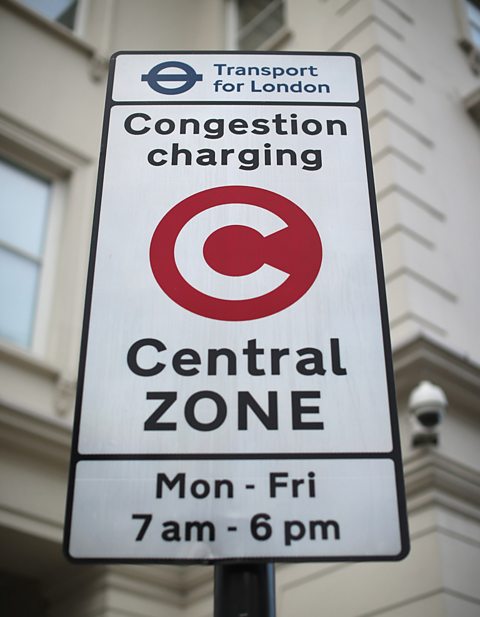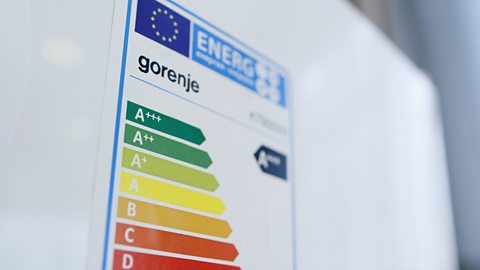Energy sustainability - reducing energy insecurity
Some solutions to energy insecurityWhen the access to energy is via other countries. are more sustainableAn activity which does not consume or destroy resources or the environment..
Carbon footprints
Everyone uses energy, but if people used less it would be possible to reduce the amount needed. Energy use can be measured through carbon footprintA measure of how much carbon is used through the activities of a person, company or country.. A bigger carbon footprint means that more energy is used and therefore more carbon is produced. Carbon footprints take into account:
- Goods and products - energy is used to produce goods and so it is better to buy less. Electronic devices use up energy, and this can be wasteful, especially if they're often left on standby rather than being switched off.
- Transport - travelling by car uses petrol or diesel. Aeroplanes use much more fuel than other forms of transport.
- food milesThe distance food travels from producer to consumer. - buying local food can use less energy as food is transported a shorter distance. However, sometimes food grown locally requires a lot of energy to produce because of the bright, warm conditions needed to grow food in huge greenhouses all year round.
Energy conservation

New homes built in the UK have lots of energy-saving measures, like loft and wall insulationThings which protect by preventing a loss of heat., radiator thermostatA device to switch radiators on and off depending on the temperature. and smart energy meterA meter that sends readings to the electricity supplier and monitor household energy use. that monitor energy use. This is because any homes that are built or rented out have an energy rating. A-rated homes use the least energy and G-rated homes use the most.
Businesses and organisations like to be energy efficient because it saves money. Public buildings like schools and hospitals have to display an energy certificate to show how much energy they use.
Local councils encourage people to use sustainableAn activity which does not consume or destroy resources or the environment. methods of transport. This could be through providing public transportTrains, buses and taxis that are available for the public to use for a charge., creating cycle laneA special lane on a road that only cyclists are allowed to use. or introducing congestion chargeThe payment due if a private vehicle drives in a defined area during certain times of the week.. London has all of these measures, plus an underground train network and a cycle hire scheme. Walking is another option.
Better technology

Modern life is dependent upon the use of electrical items. There is a system that rates household appliances, like washing machines and dishwashers - A+++ items use the least electricity and D items use the most. This helps people to choose products that use less energy.
Many cars now use less fuel and some have batteries so that they can be charged using renewable electricity. The Vehicle Excise Duty (VED) is a tax for car owners. People who drive less energy efficient cars pay a higher VED.